Learn more about Chernobyl and Prypiat before your visit
VIEW TOURSLearn more about Chernobyl and Prypiat before your visit
VIEW TOURS
Reactor Number Four of the Chernobyl Nuclear Power Plant went out of control on April 26, 1986, causing death and radioactive contamination to a wide area around it. The Chernobyl plant is situated 110 kilometres( about 70 miles) from Kyiv, capital of Ukraine, and not far from the very heart of Europe.
On April 26, 1986, preparations were underway to shut down Reactor Four at the Chernobyl Power Plant in order to carry out some planned repair work. It was then decided to use the shutdown as an opportunity to carry out a test run of the safety system of the reactor (RBMK-1000) however, many things went wrong during the test as a result of which, starting from 01:24 AM, a series of steam explosions wrecked the building housing the reactor and blew part of the roof off polluting the air and the area with radioactive substances. The highly radioactive materials from the partial meltdown of the core’s fuel and graphite poured into the rooms below the reactor. The situation was fraught with great danger and required urgent action to prevent it from getting completely out of control. There had been 192 tons of fuel in the core of the reactor and about 4 per cent of this amount was thrown into the atmosphere in ten days right after the accident. Radioactive iodine, strontium, plutonium and some other isotopes made up the bulk of radioactive substances released into the atmosphere. The radioactive total was close to 50 mln Curie, which equals the intensity of radioactivity that would result from the simultaneous explosion of 500 A-bombs similar to the one that was dropped on Hiroshima in August of 1945. The column of hot gases from the burning reactor rose to the altitude of about three thousand feet, only gradually sinking to lower altitudes. The radioactive cloud that was hanging above the nuclear power plant was carried by winds towards the Ukrainian region of Polissya and some areas of Belarus and Russia. A little later, higher levels of radioactivity were registered in parts of Sweden, Finland and still later in Poland, Germany and France.
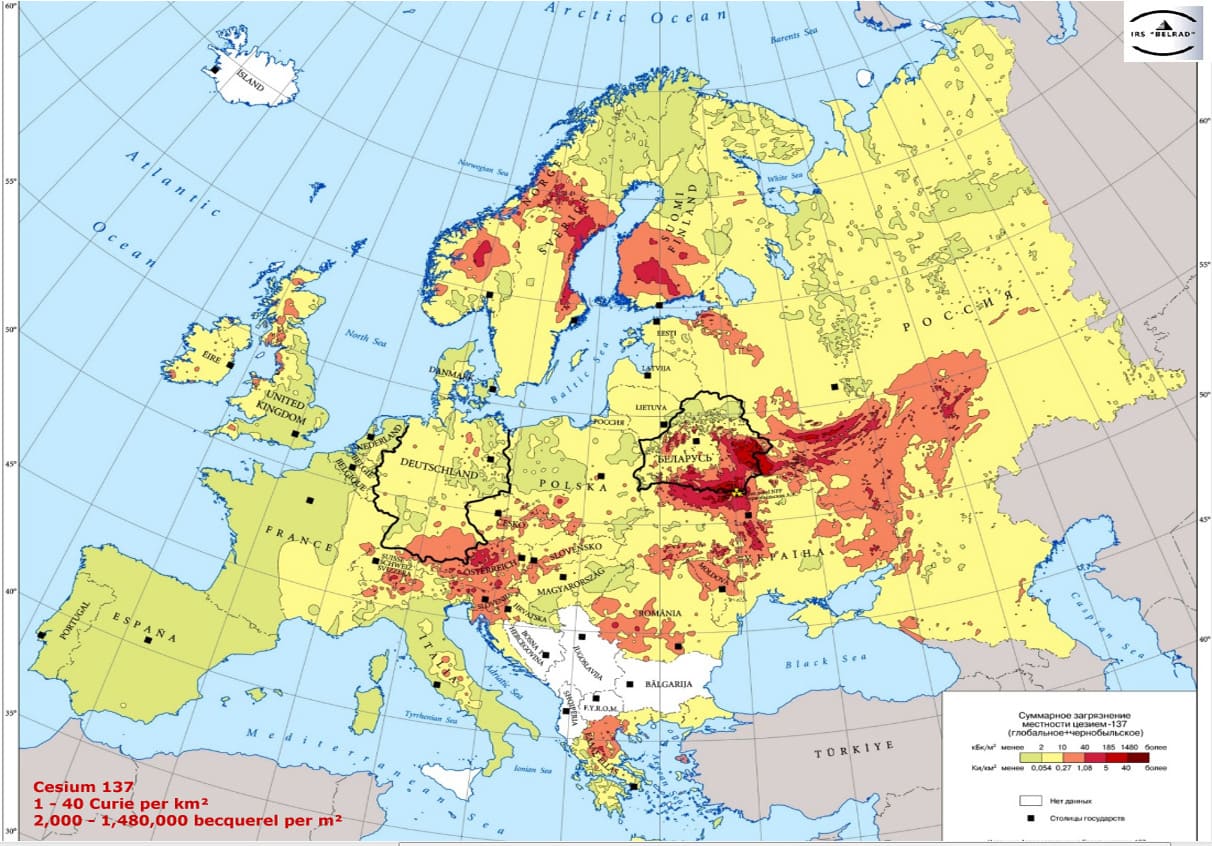
Several minutes after the blast set the reactor on fire, two firefighting squads, one headed by Lieutenant V.Pravyk and the other, the squad on duty at the nuclear plant, headed by Lieutenant V.Kibenok, rushed to the roof of the building housing the reactor. Part of the roof right above the rooms close to the burning reactor was ablaze. They managed to put out the fire on the roof and thus prevent the fire from spreading to Reactor Number Three. Within short time units of firefighters started to arrive from towns throughout the Kyiv Region. Most of the firefighters who had been the first to arrive at the site of the fire received lethal or almost lethal doses of radiation. First, they were taken to hospital #126 in Prypiat (their uniforms are still in the hospital basement, making that place extremely contaminated) and then, on April 27th to hospital #6 in Moscow. The doctors spared no effort to save their lives but all of them died. The five-man firefighting unit headed by H.Nahayevsky managed to drain out the radioactive water that had accumulated under the reactor, thus preventing a potentially devastating explosion. Local police units, military units and other specialized units had also greatly contributed to preventing the disaster from causing further damage. On April 27 a number of army and air force units were moved to Chernobyl to help overcome the consequences of the disaster. It took about 1800 helicopter missions to accomplish the task set to them. As a result of these combined efforts the intensity of radioactive outflow from the ruined reactor was reduced several thousand times by May 6, 1986. It was then decided to start construction of a special protection structure, later known as the “Sarcophagus”. The main issue of the “Sarcophagus” was to conserve the ruined reactor and minimise the spreading of radioactivity into the atmosphere. All in all, more than 600,000 civilians and military took part in the work of overcoming the consequences of the disaster in 1986 and 1987. Many of them died, even more of them had their health ruined, but they reduced the level of radioactivity and made it possible to visit the Chernobyl exclusion zone now. Our gratitude to them shall never die. The evacuation of the population started on April 27, 36 hours after the accident. Prypiat city was evacuated first. Prypiat was only three kilometres from the nuclear power plant and, unfortunately, the inhabitants of Prypiat (nearly 50,000 people) hadn’t been warned about the radiation hazard; they were all exposed to large amounts of radiation. People were told to take only necessities and documents as they were meant to be returning in three days. Nearly 220,000 people were evacuated from the contaminated areas of Ukraine and Belarus. There is no accurate information on how many people had their health damaged because of the Chernobyl disaster. The Soviet-era is known for its propaganda and changing facts to suit the narrative of the regime. At the beginning of 90th increase of sickness incidence among the population of Ukraine had been registered, mainly diseases of the respiratory organs, nervous system, digestion and blood circulation organs. Altogether about 3,200,000 people in Ukraine are considered to be ill as a consequence of the accident.
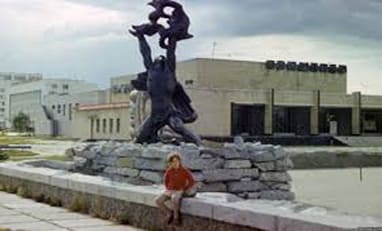
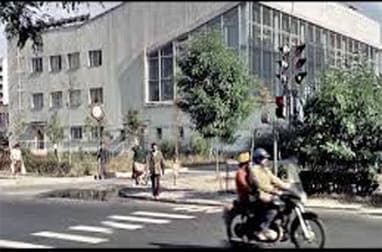
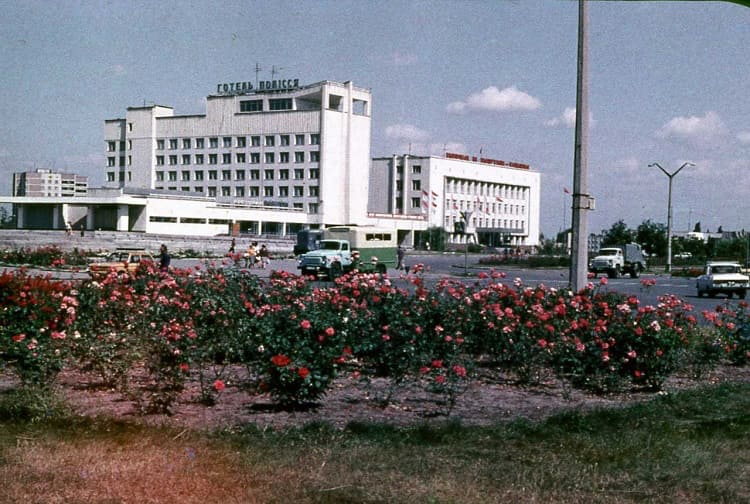
Prypiat was founded in 1970 for workers of ChNPP. It was built from the scratch on a greenfield of Ukrainian land called Pollisia, close to the border of Belarus. There is no other town like this in the whole world. This town turned from the blooming and happy place, an example of Soviet power and communism ideal, to the ghost town and example of post-apocalyptic world. And all of this happened in less than 50 years. Back to 80th Prypiat was a luxurious place to live. It had a great infrastructure. It had everything a soviet person could dream about and even more: 5 schools, 12 kindergartens, hospital, stores and malls, cafes, cafeterias and restaurants could serve up to 5,535 customers simultaneously, 10 warehouses could hold 4,430 tons of goods, the Palace of Culture Energetik, a cinema and a school of arts, 10 gyms, 3 indoor swimming-pools, 2 stadiums, Jupiter factory, bus station, train station nearby and 33,000 rose plants. All of these for the 50 thousand inhabitants: young, progressive and well-educated people from all over the Soviet Union who were encouraged to move into Prypiat. Unfortunately, their lives changed dramatically on the 26th of April 1986. Inhabitants of Prypiat were not informed about the accident at the power plant three kilometres away. On the 26th of April, life went usual in Prypiat: people did their routine and children played outside being exposed to a high level of radioactivity. Only 36 hours later an evacuation started. Buses came from Kyiv to take the residents to safer places. The evacuation was accomplished in three hours. People were allowed to take only money, passports and necessities as they intended to come back in three days. But they never did.
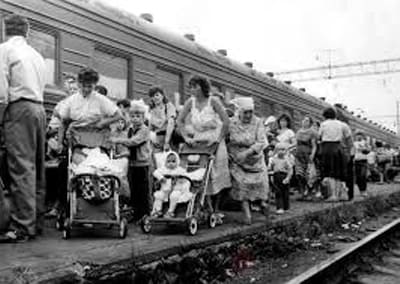

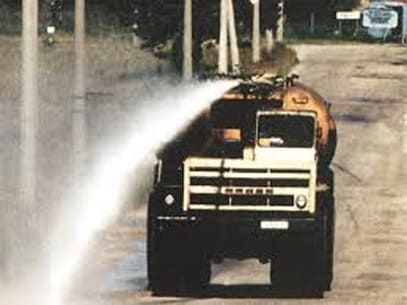
The town was decontaminated three times. Liquidators did their best to make the town clean again: washed every single building as they were covered with radioactive dust, removed upper layers of the ground and covered all roads with concrete. Level of radiation was reduced significantly but it wasn’t clean enough for people to live there. Then the construction of satellite town of Prypiat called Slavutich started and most of the former Prypiat population moved there as three units of ChNPP were restarted after the works of decontamination. Many facilities were used after the accident for different purposes. Some of them are in use even nowadays. Prypiat was well guarded after the accident and it remains fenced now. But you wouldn’t find any room that wasn’t looted. It happened after the collapse of the Soviet Union when the Chernobyl zone was unwatched. However, the spirit of the Soviet era is still present in the town. Lenin portraits, propaganda posters, and soviet flags are everywhere. They help us to emerge into the history and experience the times that are gone forever. Nature is taking over incredibly fast. The town looks like a jungle during the summer. And great examples of soviet architecture are getting covered with greenery more and more every year. It won’t take long for Prypiat to vanish. So, what are you waiting for? Come and experience it now.
The most important part of work in overcoming the consequences of the disaster in 1986 was to seal a destroyed reactor building. Construction of so-called “Shelter” object started on May 20, 1986, 24 days after the disaster for this purpose. Despite high levels of radiation sarcophagus was accomplished in 206 days, from June to late November of the same year. But it was a temporal solution of the problem. “Shelter” object or sarcophagus meant to last only for 30 years. In December 1995 Ukraine signed a Memorandum of understanding with the G7 and EU which provided for the establishment of dedicated donor funds at the EBRD to support the country in overcoming the challenges it faces in Chernobyl. In September 1997 agreement was reached on the Shelter Implementation Plan (SIP), which finally offered a way forward. It was a kind of programe for conversion of the shelter into an environmentally safe system and construction of the New Safe Confinement. In November 2016 we were witnessing a crucial milestone – the New Safe Confinement slid into the position over the Chernobyl Shelter. This spectacular event was prevented by lots of steps, required hard work and professionalism. Essential preparatory work was undertaken on the site to allow the construction work to begin and protect the workforce as much as possible. In 2007 the contract for the construction of the New Safe Confinement was awarded to the Novarka consortium consisting of the French companies Bouygues and Vinci. The first step was to stabilize the existing sarcophagus. The construction of NSC started in 2012. It’s international project. Over 27 nationalities were involved in the construction and more than 40 countries and organisations have provided close to 2 billion euros. The Arch was made of two parts. The first one, which was assembled, was the eastern part. In 2014 two halves were lifted to their full height and joined together later on. Auxiliary systems and equipment for dismantling were installed in order to minimize work in the object shelter zone. In November 2016 the structure slid into place over the destroyed unit 4. It provided a barrier against any radiological releases from the shelter and provided the equipment to deconstruct the shelter and manage its radioactive inventory. The epithet “Huge” is not enough to describe this structure. The metal frame alone weighs 25,000 tonnes. It’s 3.5 times the weight of the Eiffel Tower. Total equipped weight is 36,000 tonnes. And at 108 metres is tall enough to cover Notre-Dame de Paris. The total length of NSC is 162 metres or longer than two jumbo jets. With an expected minimum lifetime of 100 years the NSC will need to deal with all that Mother Nature can throw at it. The confinement is built to withstand temperatures ranging from -43C to +45C and a category-3 tornado. Chernobyl Nuclear Power Plant staff will play a major role in the testing and commissioning of the NSC and ensuring its long-term operation. The challenges for future tasks should not be underestimated but, thanks to the SIP, a clear path for the long-term future at Chernobyl has been established.